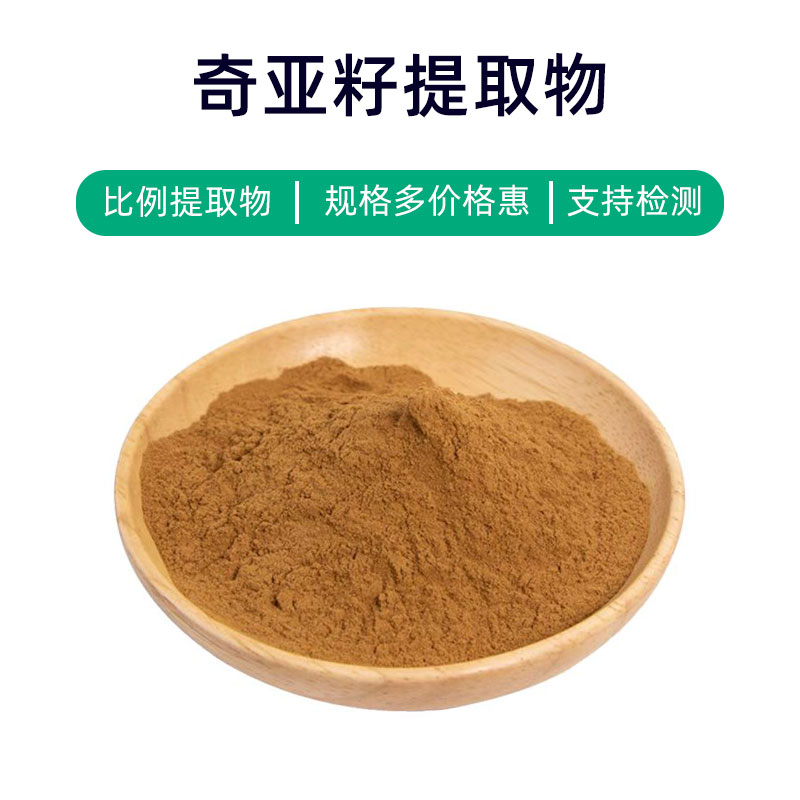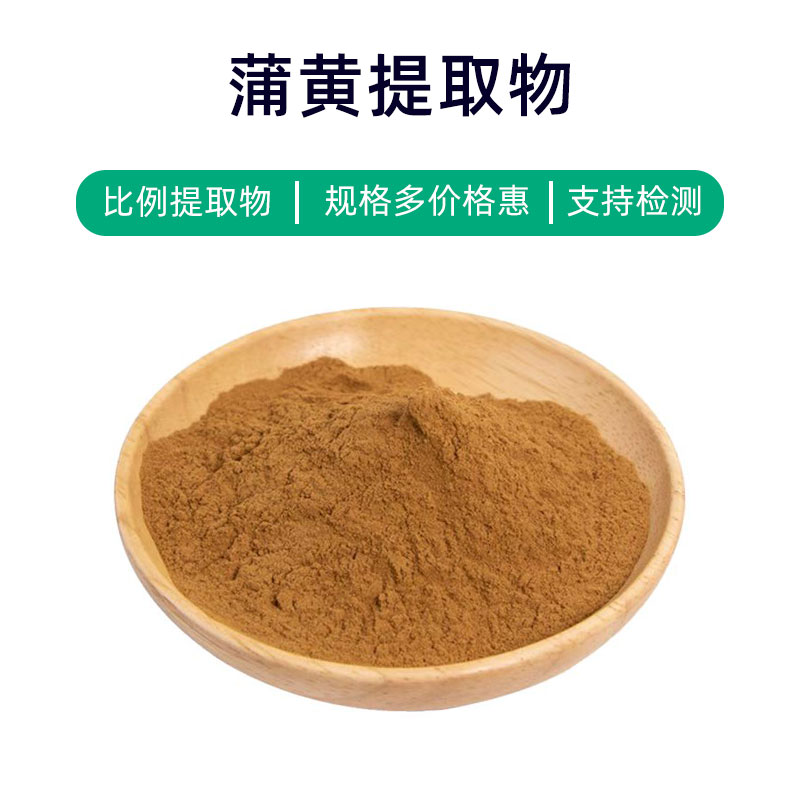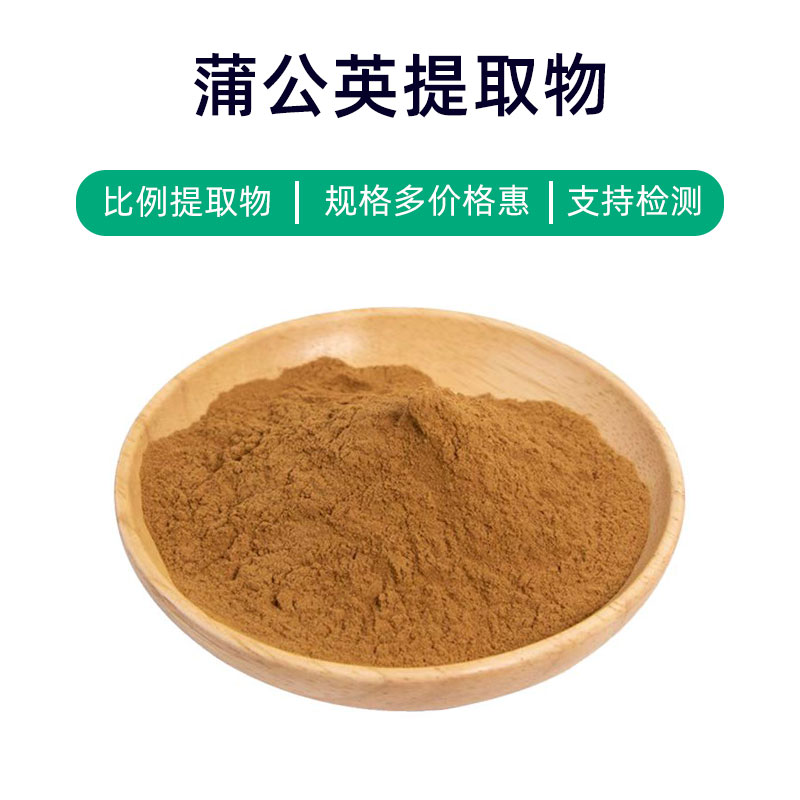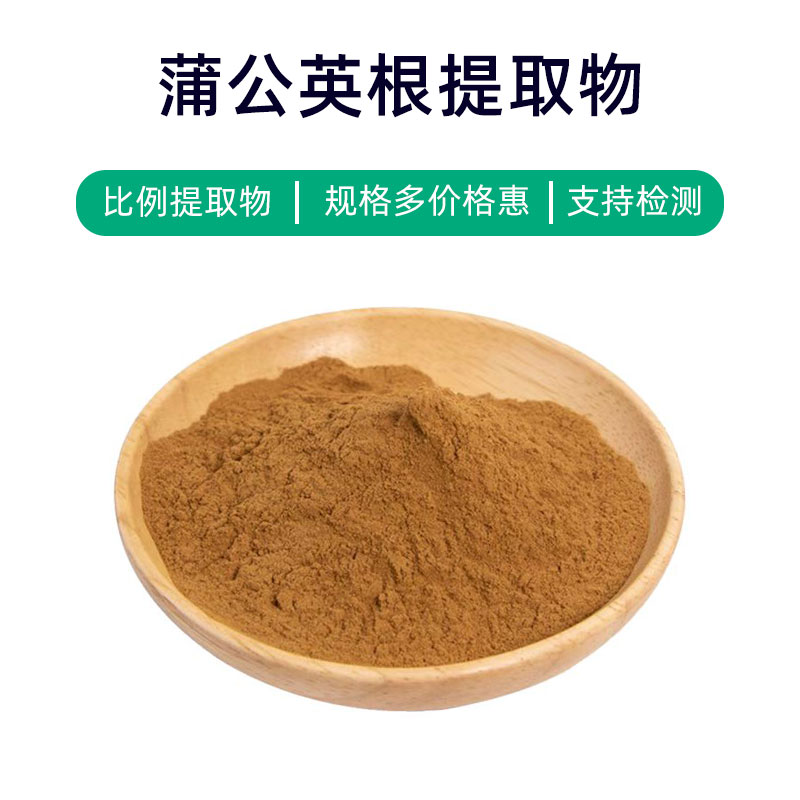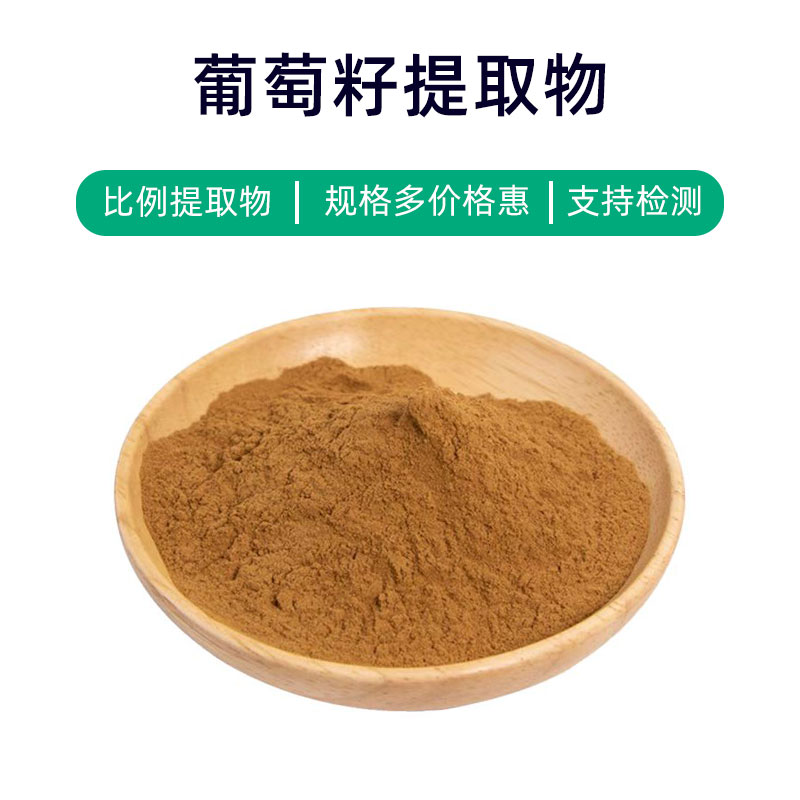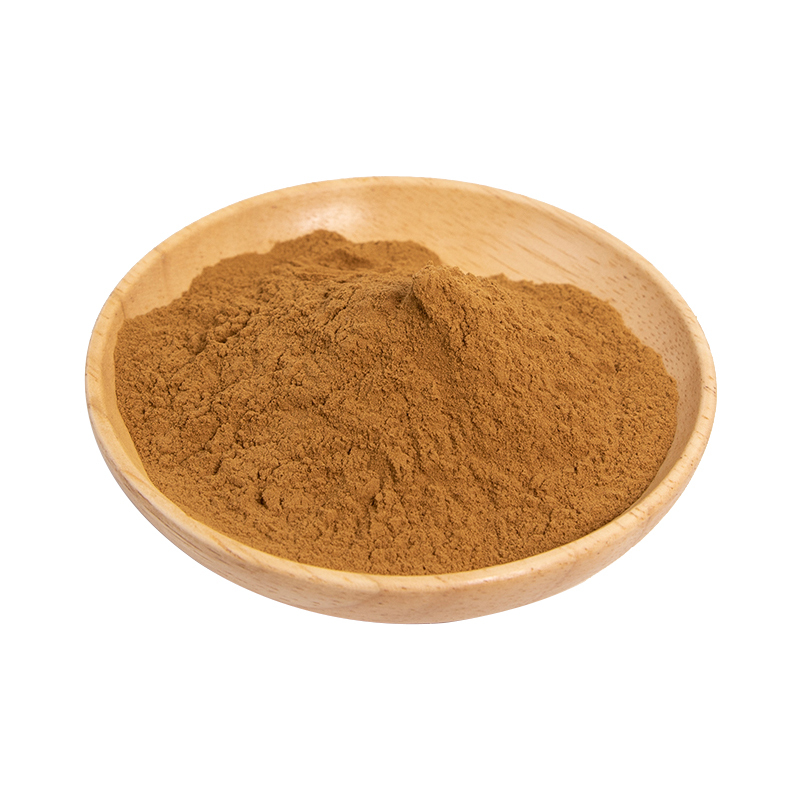Dogwood Extract Product Introduction
Dogwood extract is a natural botanical extract derived from Cornus officinalis. Its primary active components include tannins, anthocyanins, flavonoids, and polysaccharides, which contribute to its multiple functions and applications.
In the health supplement industry, dogwood extract is widely used. Anthocyanins and flavonoids are key active constituents known for their antioxidant and anti-inflammatory properties. They help enhance immunity, slow aging, and support cardiovascular health.
In the pharmaceutical field, dogwood extract is used in drug formulations due to its array of bioactive components. It is believed to have antibacterial, antiviral, and anti-tumor properties, and is used as a raw material or excipient in anti-inflammatory and antimicrobial medications.
In the cosmetic industry, dogwood extract is valued for its antioxidant and anti-inflammatory benefits, making it an ideal skincare ingredient. It helps protect the skin against free radical damage, reduces inflammation, and improves skin texture for a healthier, more youthful appearance.
Overall, dogwood extract is a multifunctional natural plant extract with significant roles in the health, pharmaceutical, and cosmetic industries, providing beneficial support for both wellness and beauty.
Dogwood Extract Production Process
The production process typically involves the following key steps:
- Raw Material Preparation:
Select fresh Cornus officinalis as the raw material. Use roots, stems, and leaves, which are washed and pre-treated to ensure quality and purity. - Crushing and Crude Extraction:
The cleaned raw material is crushed to facilitate extraction. It is then mixed with an appropriate solvent (e.g., water or ethanol) for crude extraction of the active compounds. - Concentration of Extract:
The crude extract is concentrated using low-temperature or vacuum concentration methods to remove excess solvents and obtain a concentrated extract. - Filtration and Purification:
The concentrate is filtered to remove impurities and solid particles. Further purification may be done using techniques like resin adsorption or gel chromatography to increase purity. - Further Concentration and Drying:
The purified extract is further concentrated to eliminate residual solvents. Spray drying or vacuum drying is then used to convert the extract into a powder for easy packaging and use. - Quality Testing:
The final product is tested for active ingredient content, microbial safety, and heavy metal levels to ensure it meets quality standards. - Packaging and Storage:
The finished product is sealed in moisture-proof, sun-protective packaging, labeled with ingredient details, usage, and production date. Store in a dry, cool place, away from sunlight and high temperatures to maintain stability.
Dogwood Extract Functions and Potential Side Effects
Key Benefits:
- Antioxidant Effects:
Rich in natural antioxidants like polyphenols and vitamins that neutralize free radicals and reduce oxidative stress. - Anti-Inflammatory Effects:
Active compounds help alleviate inflammation-related symptoms, supporting conditions like arthritis and gastrointestinal inflammation. - Immune Regulation:
Polysaccharides enhance immune function, boosting resistance and lowering infection risk. - Antibacterial & Antiviral:
Contains bioactives that inhibit microbial growth, aiding in the prevention of infectious diseases. - Blood Sugar Regulation:
Some components may help lower blood glucose levels, offering supportive benefits for diabetic patients. - Antitumor Activity:
Certain actives may inhibit tumor cell proliferation and metastasis. - Cardiovascular Support:
Helps reduce blood lipids and prevent platelet aggregation, contributing to heart health. - Liver Protection:
Supports liver cell regeneration and may help in managing hepatitis and fatty liver disease. - Sleep Improvement:
Some ingredients exhibit calming effects that may aid sleep and reduce insomnia symptoms.
Cautions:
While dogwood extract offers many benefits, individual sensitivity and dosage should be considered. Pregnant women, breastfeeding mothers, and children should consult a healthcare provider before use.
Dogwood Extract Applications and Dosage
1. Pharmaceutical Use:
- Applications: Used as an herbal component for immune modulation, anti-inflammation, antioxidation, and antimicrobial purposes.
- Dosage: Typically used orally or topically. For oral formats such as capsules or liquids, a common adult dose is 200–500 mg per use, 2–3 times daily. For topical formats like creams or ointments, apply 2–3 times daily on affected areas.
2. Food Industry Use:
- Applications: Added as a functional food ingredient to enhance nutritional value.
- Dosage: Added according to the product formulation. Exact dosage depends on the type of food and desired effect.
3. Cosmetic Use:
- Applications: Used in skincare and haircare products for its antioxidant, moisturizing, and anti-inflammatory effects.
- Dosage: Incorporated into cosmetic formulations as per product requirements and targeted functionality.
4. Notes:
- Dosage Control: Use within recommended limits to avoid adverse effects.
- Individual Differences: Sensitivities may vary; always conduct patch testing for cosmetics and consult healthcare professionals for supplements.
Monica Sun is a seasoned expert in the plant extraction industry with over a decade of experience in research and production. She specializes in the extraction and purification of plant active ingredients, focusing on driving innovation in natural product applications. Monica has participated in the development of multiple functional plant extracts, delivering high-value natural raw material solutions for the health food, pharmaceutical, and dietary supplement sectors.









